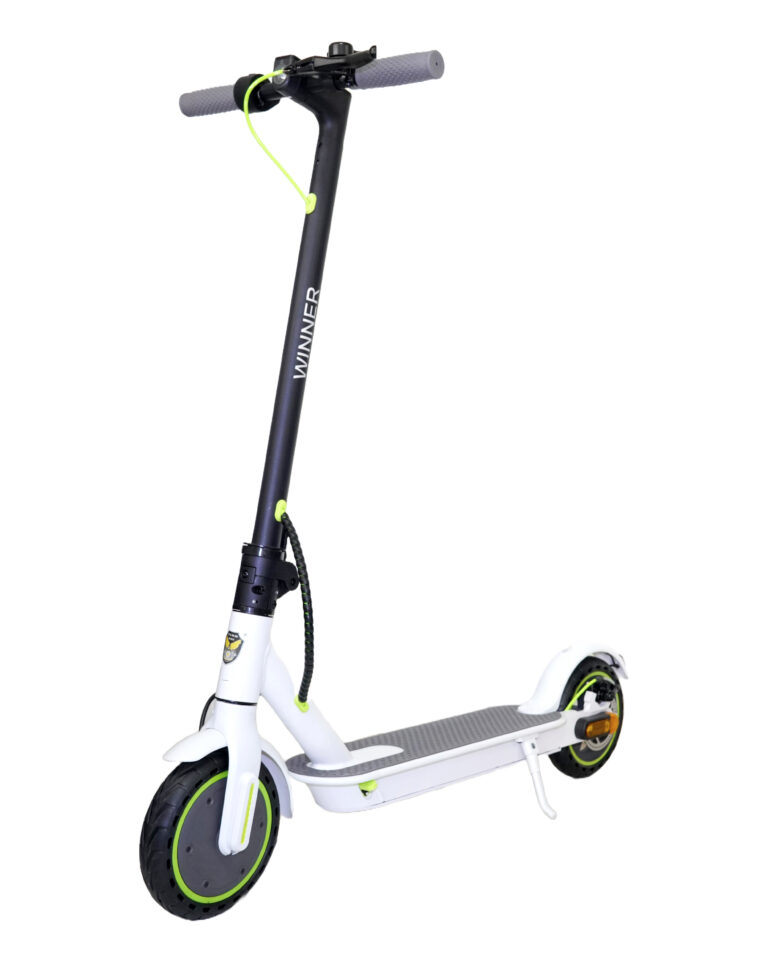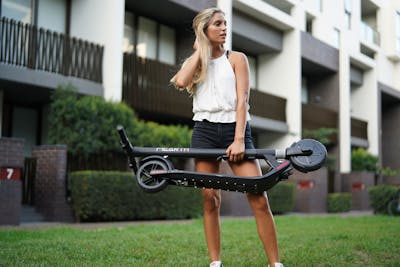
How to Choose the Best Electric Scooter to Buy in 2025
Electric scooters have rapidly evolved from niche tech gadgets to essential personal transport options. Whether you’re commuting through busy city streets, exploring your neighborhood, or simply looking for a fun, eco-friendly way to get around, choosing the right electric scooter can make a huge difference in your experience. But with so many models, features, and price points on the market in 2025, how do you know which scooter is best for you?
In this guide, we break down the key factors to consider before buying, so you can find the electric scooter that best fits your lifestyle, budget, and riding needs.
1. Define Your Riding Needs
The first and most important question: What will you use your electric scooter for? Your answer will guide every other decision.
- Commuting: If you’ll be using your scooter daily for work or school, prioritize range, reliability, and portability. A foldable scooter with good battery life and comfortable ride quality is ideal.
- Leisure: For occasional rides around the neighborhood or parks, a lightweight, fun model with decent speed will do the trick.
- Performance Riding or Off-Road Use: Look for powerful motors, dual suspension, and large pneumatic tires for trail or hill riding.
Pro Tip: Avoid overbuying. If you only need to ride 5–10 km a day on smooth roads, you don’t need a high-end dual-motor scooter.
2. Key Features to Look For
Electric scooters vary widely in terms of specifications. Here are the most important features to compare:
a. Battery and Range
- Look for a battery with enough range to cover 150% of your average daily ride.
- Budget scooters often offer 15–20 km, while mid-range models may hit 30–40 km. Premium models can exceed 70+ km per charge.
b. Motor Power
- Most scooters range from 250W to 1000W+.
- For city riding and mild hills, 350–500W is sufficient.
- For steep hills or faster acceleration, look for dual motors or 800W+.
c. Speed
- Many countries limit e-scooter speeds to 25 km/h for safety.
- If performance is your goal, higher-end scooters can reach 40–60 km/h, but they require caution and protective gear.
d. Tires and Suspension
- Pneumatic (air-filled) tires provide better shock absorption and grip.
- Solid tires reduce maintenance but are less comfortable.
- If you ride on rough terrain, prioritize suspension systems (spring or hydraulic).
e. Weight and Portability
- If you’ll carry it upstairs or take it on public transit, aim for a scooter under 15–18 kg with a quick-folding mechanism.
- Heavy-duty scooters can weigh over 30 kg and are less practical for portability.
f. Brakes
- Disc brakes offer the best stopping power.
- Some scooters also have electronic or regenerative braking to assist stopping and slightly recharge the battery.
3. Safety and Legal Considerations
Before buying, know the laws in your region. In many cities:
- Helmets are required (especially for riders under 18).
- Scooters must have a speed cap (usually 25 km/h).
- Riding on sidewalks may be banned.
- Some cities require insurance or registration for scooters over a certain wattage.
Also, look for scooters with:
- Front and rear lights
- Reflectors
- A loud bell or horn
These improve visibility and help avoid accidents, especially in low-light conditions.
4. Price Ranges: What You Get at Each Level
Under $500 (Budget Tier)
- Ideal for short, flat commutes or first-time riders
- Basic features, often smaller wheels and limited range
- Example brands: Gotrax, Xiaomi, Hiboy (entry models)
$500–$1000 (Mid-Range)
- Balance of power, comfort, and portability
- Suitable for moderate hills and longer commutes (20–40 km)
- Example models: NIU KQi3 Pro, Segway Ninebot F40, TurboAnt X7 Max
$1000–$2000 (Premium Commuters and Performance)
- Greater range (40–70 km), better suspension, dual motors possible
- Ideal for daily commuting or weekend adventure riders
- Example models: Apollo Air Pro, Kaabo Mantis 8, Fluid Mosquito
$2000+ (High-End / Off-Road / Long Range)
- Dual motors, hydraulic brakes, advanced features
- High speed (50–70 km/h), ultra-long range (80–100+ km)
- Best for enthusiasts or serious riders
- Example models: Dualtron Victor, NAMI Klima, Kaabo Wolf King GT
5. Top Brands to Watch in 2025
- Roahn Wings: Known for smart technology, sleek design, and solid commuter options
- Segway-Ninebot: Reliable and widely available; good beginner and mid-tier scooters
- winner Sky: Canadian brand focused on performance and ride comfort
- Aster: Premium performance scooters with extreme power and speed
- Vlra: Budget-friendly scooters with decent specs for the price
Choose a brand with solid customer support, spare parts availability, and a good warranty policy.
6. Where to Buy Your Electric Scooter
- Online Retailers: Amazon, manufacturer websites, and specialist e-scooter shops offer the best variety.
- Local Dealers: Helpful if you want a test ride or faster warranty support.
- Test Before You Buy: If possible, test ride a few models to see what feels best. Some shops and cities offer demo programs.
Check return policies and warranty details (1 year is standard for most parts, longer for batteries in some cases).
7. Final Tips Before Buying
- Match your scooter to your real-life needs, not just the coolest specs.
- Read user reviews, especially about battery life, customer service, and ride quality.
- Avoid unknown brands with no support or spare parts.
- Budget for accessories: a helmet, lock, lights, and maybe a phone mount.
Conclusion: The Best Scooter is the One That Fits You
There’s no one-size-fits-all electric scooter. Whether you’re after portability, power, or price value, the best scooter is the one that matches your lifestyle. By considering your ride habits, local laws, and what matters most to you—speed, range, comfort, or cost—you’ll make a smart, safe, and satisfying choice.
Ready to ride? Check out our updated list of the Top 10 Electric Scooters to Buy in 2025 [insert link or CTA if desired].




